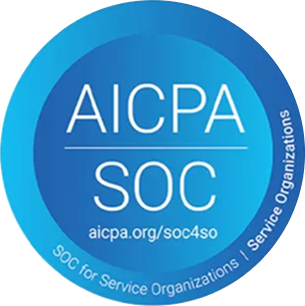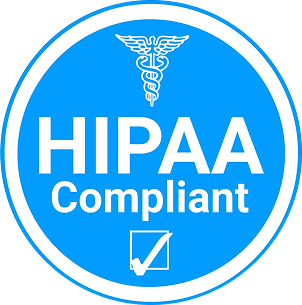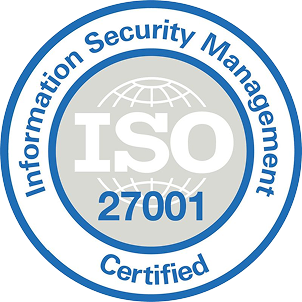Just like any other industry, the adoption of IoT in Pharmaceutical Industry is seen as a massive breakthrough for fastening and streamlining drug trials and preventing major concerns across the medical industry, such as drug counterfeiting.As per PhRMA (Pharmaceutical Research and Manufacturers of America), it takes at least 10 years on average and costs an average of $2.6 billion to develop a new medicine, starting from entire drug discovery through FDA approval till the release in the market.Furthermore, only one solution in every nine drug formulations makes it through the pharmaceutical R&D process. While, the world eagerly awaits pharmacological breakthroughs for incurable diseases or new ways to manage chronic illnesses. Hence, finding a way to fasten the pharma process while reducing the costs is important.Here, the Internet of Things, or IoT, can play a significant role by solving critical pharmaceutical processes, such as,
- Accelerating drug development
- Streamlining the production
- Lowering the R&D cost
- Improving the administration and distribution of medicine to patients.
IoT in pharmaceutical industry empowers life science organizations with smart devices and remote monitoring capabilities which improves the quality of R&D, and medication adherence, leading to better outcomes and reduced costs.In this blog, we’ll understand the impact of IoT in pharmaceutical industry and how it is transforming overtime.
IoT in Pharmaceutical Industry
IoT combines a vast network of interconnected objects equipped with sensors, software, and communication technologies that seamlessly collect and exchange data over the Internet.The settlement of IoT has created a connected web that crosses traditional boundaries, from the comfort of daily gadgets like smartphones, smartwatches, and household appliances to the complexities of specialist equipment like industrial gear and environmental sensors.However, as we navigate through the intricate web of IoT, we see the transformations that have occurred over the years to redefine the interconnected world, especially in the medical industry.One such breakthrough that we see is IoMT, or the Internet of Medical Things.While IoT devices are typically more consumer-oriented, focusing on usability and convenience, IoMT devices and applications are designed with healthcare in mind specifically.The Internet of Medical Things (IoMT) is a collection of medical devices and applications that connect to healthcare information technology systems by creating a network of devices, wearables, and healthcare systems connected to collect and exchange medical data, with the aim of
- Remote monitoring and diagnosis
- Data-driven decision-making to improve drug formulations and manufacturing methods.
- Early issue detection, leading to risk mitigation and prevention of batch failures
- Low-cost yet high-quality drug production
- Production efficiency for faster time-to-market for new drugs
The real impact of IoT in pharmaceutical industry can be seen through the real-time monitoring of the entire life science value cycle.Real-time monitoring of medication manufacturing processes detects possible difficulties during production, reducing the chance of defects or adultration in the process.By collecting the data in real-time, pharma companies can enable quick modifications, reducing production downtime and waste while optimizing resource allocation.In 2019, Gartner surveyed healthcare organizations to undertand the adoption of Iot in healthcare. Here, 79% of surveyed healthcare organizations with $100+ million annual revenues were using the IoT technology in their processes.To add to this remark, as many as 87% of MedTech companies in a survey state that connected medical devices will be a central point in delivering patient care across the value chain.
The Architecture of IoT in Medicine Industry
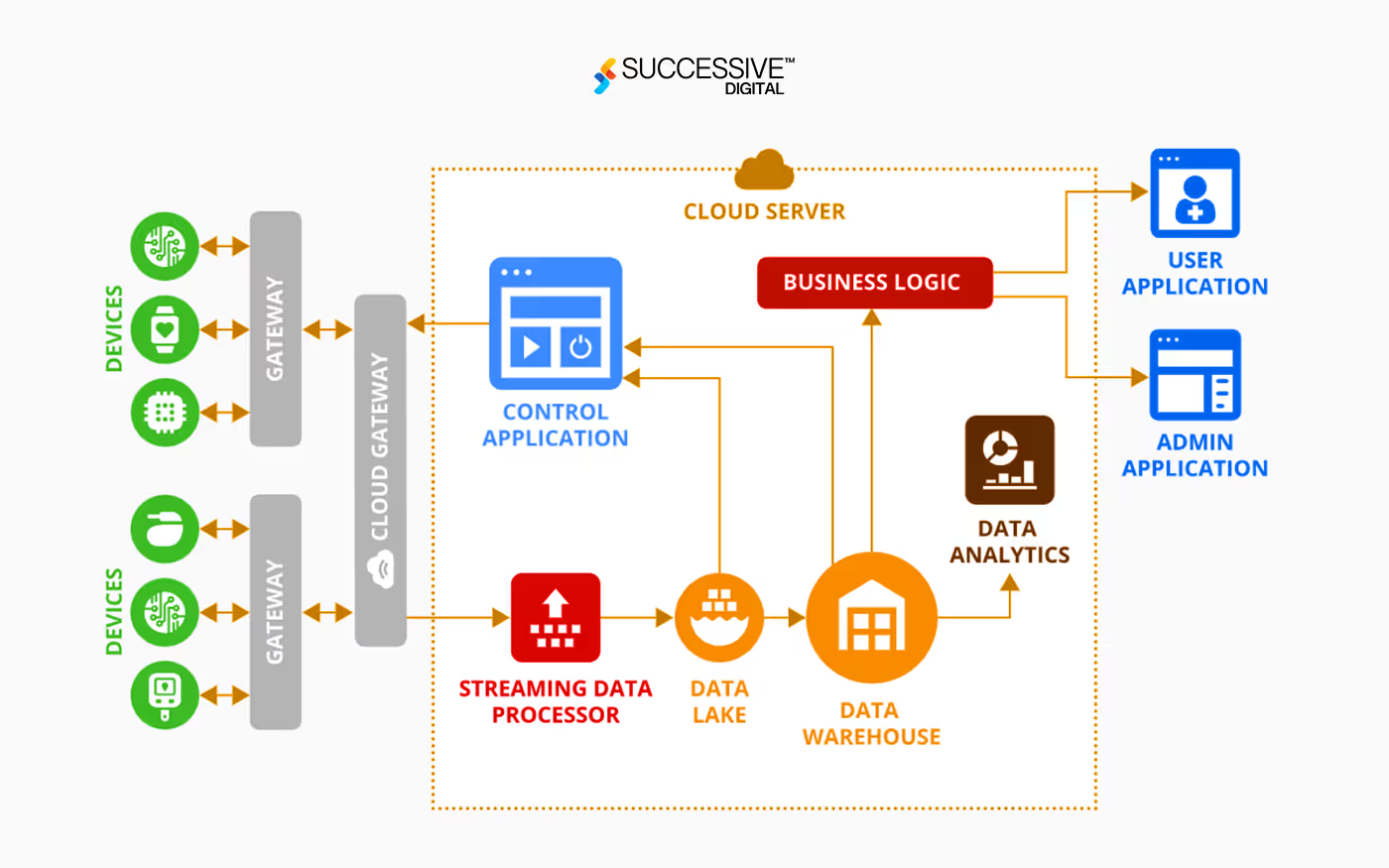
Internet of Things requires companies to build and support a future-ready technology infrastructure. Hence, the framework of the IoT in pharmaceutical industry integrate the advantages of IoT technology and cloud computing.This architecture is made up of multiple layers, such as
- Hardware
- Embedded software
- Cloud consisting of software running on remote servers
- Data lakes within the cloud servers
- A suite of security tools
- Integration with enterprise business systems and external environments.
The arrangement connects all the layers and creates protocols for transmitting the patient’s data from numerous sensors and medical devices to a given healthcare network.
How Does the IoMT Ecosystem Work?
- An application used for IoMT connects the required devices, such as a remote patient monitoring device, RFID tags, and readers for IoT-based tracking.
- The entire ecosystem is governed by a security and risk management governance framework.
- The devices are put together via gateways to a cloud server.
- The cloud server has in-built analytics capabilities to generate insights about the system's performance.
- Now comes the crucial part where the user and admin apps enable patients, medical staff, and other employees involved to access the collected and analyzed data.
Also read: How to Leverage AWS IoT Core for Connecting Devices to the Cloud
Types of IoMT Devices in New Pharma
IoT in pharmaceutical industry empowers the patients with smart devices that can deliver reminders and remote monitoring enhances drug adherence, resulting in improved results and lower costs.Be it real-time monitoring of drug production processes, improving medication adherence via smart devices, improving drug quality control, and optimizing supply chain logistics, the constant innovation around IoT devices is resulting in greater efficiency and improved patient outcomes.The global COVID-19 crisis demonstrated new ways to navigate our surroundings, give access, and leverage IoT to adapt and minimize risks around the pharma value chain. Let’s see what innovations does IoT in pharmaceutical industry bring to the new age of healthcare delivery through pharma breakthroughs.
Smart Pills -
Smart pills are IoT-enabled pills that can help diagnose ailments without requiring invasive procedures. These little but powerful electrical devices are administered to patients through an ingestible medicinal capsule that works in multiple ways, such as
- Collecting health data
- Recording photos
- Administering medications as they travel through the gastrointestinal tract (GI)
These smart pills include bio or chemical sensors and can collect information throughout the body. After giving crucial diagnostic imaging and data, these pills are flushed out of the body through the digestive system.
IoMT PillBox
Patients' medication adherence can have serious health consequences. To address this, researchers are proposing a portable, small-sized pillbox with the goal of improving patient adherence during both indoor and outdoor activities. With the help of the pillbox, physicians can make real-time adjustments to their patients' medication schedules using a web application, which are then saved in a database on a remote server.The IoMT pillbox can communicate securely with the server and acquire an updated medication regimen.
Organ in a Chip (OOAC)
Organ-in-a-chip (OOAC) is an IoT-enabled micro-scale biomimetic system that replicates the structural and functional properties of human tissue.OOAC, which was released around the time of the COVID outbreak, integrates cell biology, engineering, and biomaterial technologies. The chip's microenvironment is similar to that of the organ in terms of tissue interactions and mechanical stimulation, which further communicates through software to reveal insights.The system offers a wide range of applications in precision medicine and biological defense techniques, with the primary usage of modeling various diseases such as cancer, cardiovascular disease, and neurological problems.
Benefits of IoT in Pharmaceutical Industry
IoT applications in pharmaceutical industry are vast, from drug discovery to medicine release in the market. By using smart medical purpose devices and applications, healthcare organizations can reduce time-to-market for drugs and gain real-time data feeds that can be repurposed to detect errors across the value chain proactively.IoT in pharmaceutical industry is used throughout the life science cycle, such as
- Drug development
- Clinical trials
- Supply chain
- Patient engagements
As IoT in pharmaceutical industry and smart devices evolve, healthcare delivery is poised to become more patient-centric, data-driven, and agile. Here are the potential benefits of IoT in pharma.
IoT Accelerates Drug Discovery
One of the biggest IoT applications in pharmaceutical industry is the acceleration in R&D and drug discovery. Most often, the early-stage tests alone consume 70% of the time needed for a new medication concept to receive approval from the FDA (Food and Drug Administration).Any drug can obtain approval only when these tests demonstrate that the solution works with high efficacy and is safe to use.Here, IoT softwares holds the ability to connect disparate data collected through devices and generate insights in real time.Additionally, sensors used through IoT in pharmaceutical industry can monitor and track various parameters with the help of software, such as,
- Temperature
- Humidity
- Environmental conditions
These enable researchers to quickly identify optimal conditions for drug development and distinguish drugs on the basis of their potency in the early stages, reducing the overall development cost and time.Cell-in-a-Chip and Organ-in-a-Chip, for example, are tiny laboratory trays developed from tissue engineering research that not only allow for experiments but also transmit the data results of what happened in the chip after the pharmaceutical compound was deposited.
IoT Accelerates Clinical Trials
IoT in pharmaceutical industry also accelerates clinical trials by tracking the health of subjects in their normal environment outside of the research centers where the treatment under evaluation traditionally gets administered.In fact, clinical trials are one of the most significant use cases of IoT in pharmaceutical industry through remote patient monitoring.IoT devices enable remote monitoring of patients through software, allowing for real-time data collection and reducing the need for in-person visits to clinical sites. It not only reduces the need for frequent check-ins, but it also expands the pool of eligible individuals for clinical trials to include those who may be unable to travel long distances.For example, wearable sensors and health accessories can passively record physiological information in the cloud while a person is doing their daily activities.Trials use internet-connected mobile software and devices to collect biometric data remotely, which enables clinical studies to be conducted in "real world" settings, allowing participants to go about their everyday lives with minimal disruption.
IoT Helps Control Quality in Pharma Production
IoT devices help control the quality of pharma products, mainly as embedded sensors monitor the conditions of the manufacturing process.These sensors track the parameters and the history of the said drug along the chain of events and the source of each element contributing to the pharma production.With AI integration within the IoT ecosystem, it is easier to detect slight degradation, predict where the trend may lead, adjust the environment as needed, or trigger an alert.With advanced features, the IoT softwares can even flag a piece of equipment that may be on the edge of failing or has some abnormal conditions.Additionally, through IoT in pharmaceutical industry, manufacturers can manage patient compliance by leveraging the right connected devices, such as pill bottles, connected pills, dose self-reporting, etc.
Challenges with IoT in Pharmaceutical Industry
The healthcare industry captures tons and tons of data daily through various devices; hence, maintaining data security is crucial.As far as IoT in pharmaceutical industry is concerned, the technology offers an added quality, agility, and value to the business, but it is important to keep a close eye on security.Traditional IT security tools can’t secure IoMT assets because the ecosystem is constantly evolving. Many of the devices are based on vulnerable software that needs constant upgrades.
How Successive Can Help?
The growing investment in IoT in pharmaceutical industry demonstrates the industry’s belief in the technology's potential. It strongly indicates that the pharmaceutical sector is preparing for a future in which connectivity, real-time data analysis, and automation will be critical drivers of development and innovation. To contribute to this future, Successive Digital aims to facilitate the easy integration of the Internet of Things enabled device with a secure application across nearly any environment. Our multidimensional teams work closely with clients to plan IoT software architecture with a focus on flexibility and scalability.With a robust consulting foundation on IoMT implementation across the pharmaceutical industry, Our experts ensure IoMT software compliance with required regulations (HIPAA, HITECH, etc.).Get in touch with our experts.
.avif)
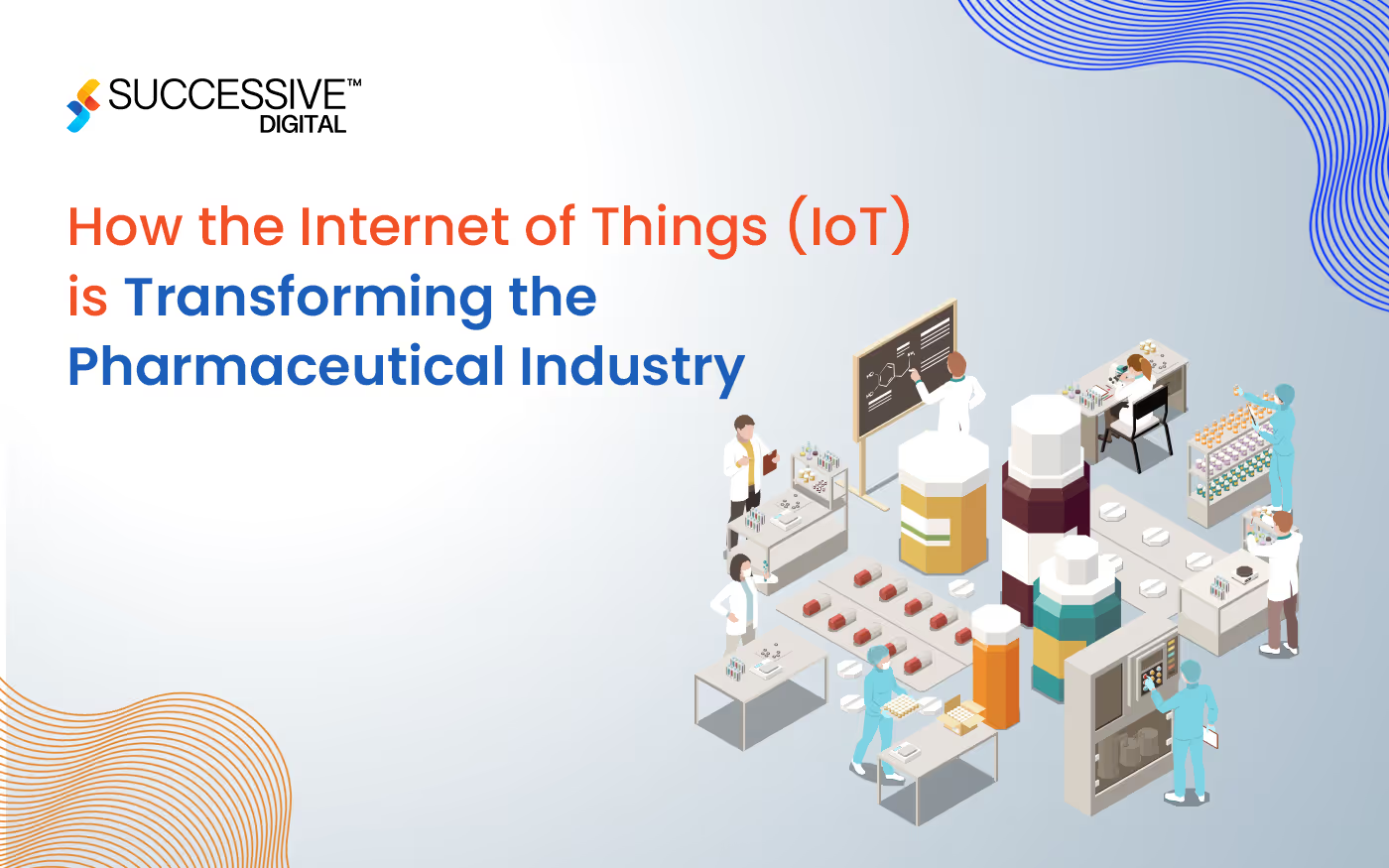


.webp)
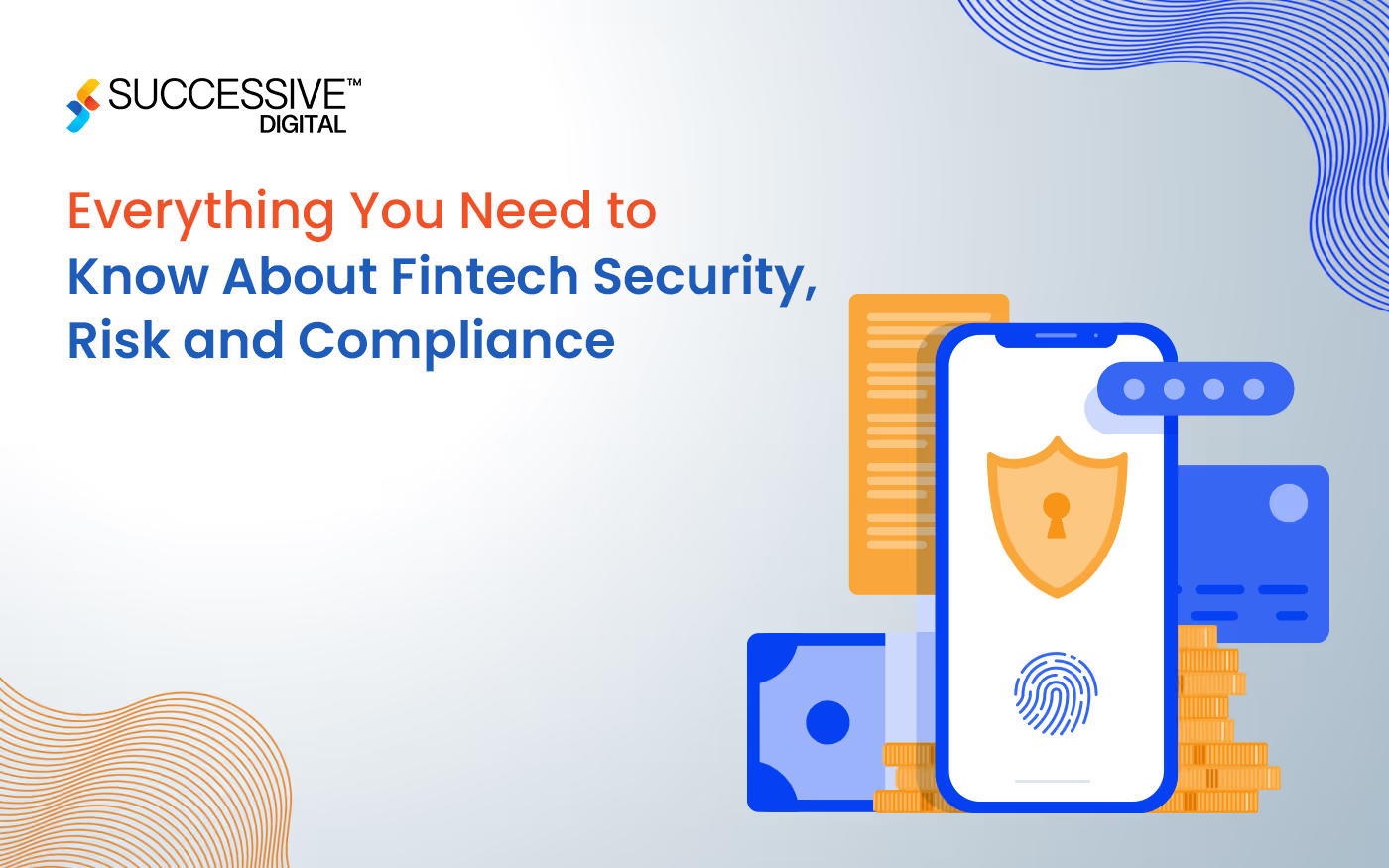


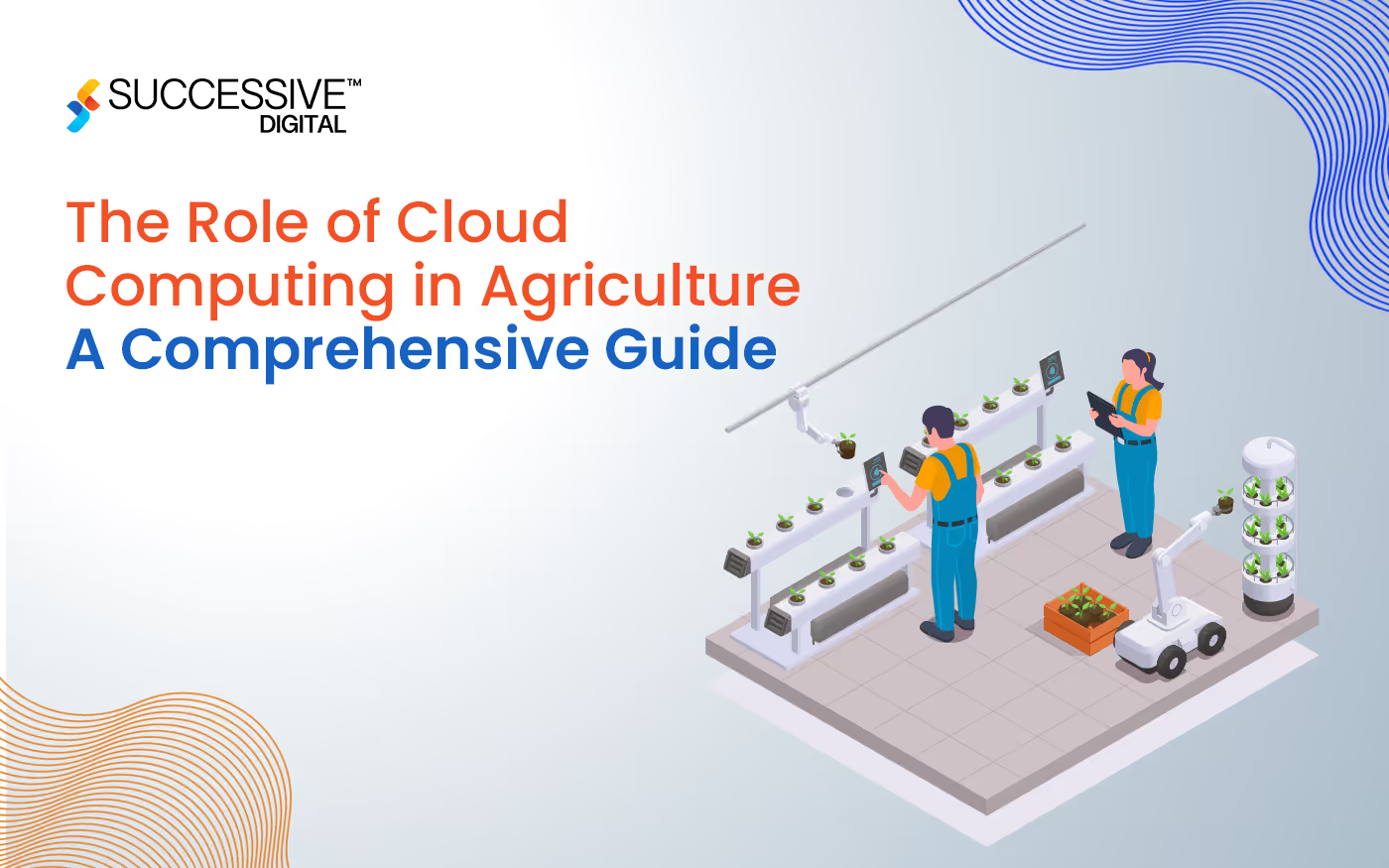


.jpg)





